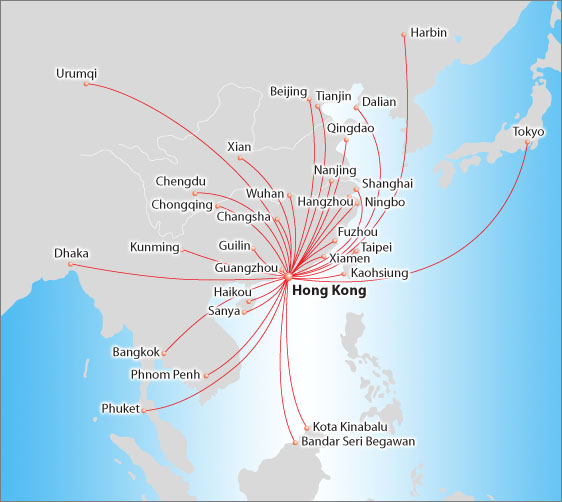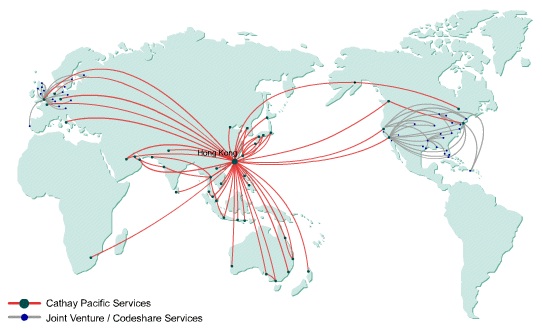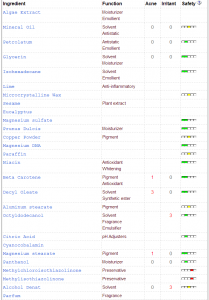When one is asking the question: Is Air Canada making a lot of profit ? People might think so since they consider Air Canada and Westjet asthe oligopoliers in the Canadian commerical aviation industry. However, the turth is far different —Air Canada reported losses on Q1 and Q2 during 2012, and a profit margin of only 0.8% ( that is, 0.008 times of its revenue) for quarter four of 2012. The questions arise on what causes the loss for Air Canada when they’re dominating the canadian aviation market.
What on earth contribute the low profit margin of Air Canada. Before knowing this, we need to figure out where our money for flight goes. The following ariticle address that only less than 10% of the ticket price on average can become the profit for an typical national airline.
http://money.cnn.com/magazines/fortune/storysupplement/airline_costs/
However, what the ariticle didn’t mention, is that the profit margin from first-class or business class are relatively much higher than economy class. The portion of costs of those tickets to airlines are not as high as what those “premium passengers” pay for, compared with economy class. Hence, many can realize that Air Canada is lacking thier focus: business class travelers.
Even though the business class on Air Canada’s aircrafts have been renovated, they may still not good enough to generate the value to customers and make them have a high willingness to pay. And the complaints on the service quality, including on-time rate, or if crew members are friendly, can be find on travelers’ review websites such as tripadvisor or skytrax. In comparsion, the emerging airlines such as Emirates or Qatar, are paying high attention to their busines class and have been aimed at providing excellent serivice to those highly profitable customers (business class traverls).
Therefore, Air Canada’s priority is to improve their business class product, from the process of booking, customers support, airport experience, in flight experience, and promoting their new proposition on being excellent. By doing this, they’ll raise customer’s willingness to pay and therefore receive higher profit, so they can increase the profit margin and increase the financial performance for the company as a whole.







